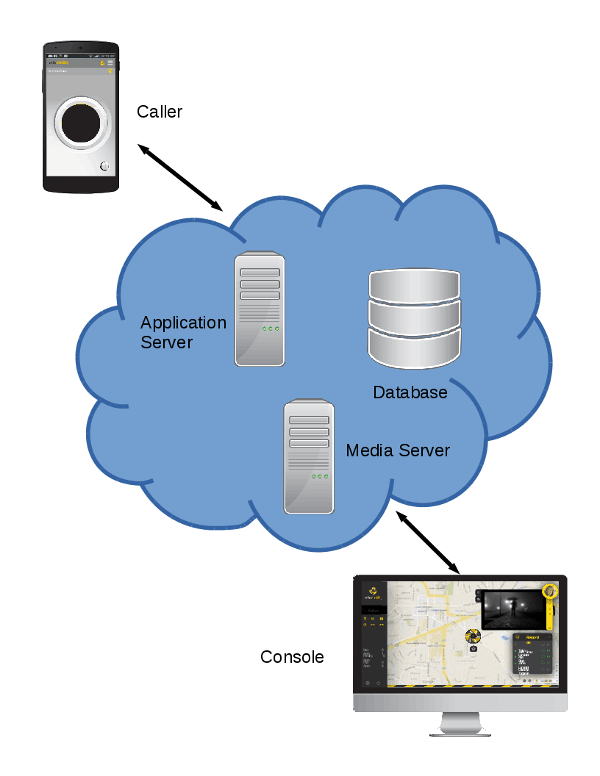Your private 911 system.
[If you are new around here, then you should know I’ve been writing about WebRTC lately. You can skim through the WebRTC post series or just read what WebRTC is all about.]
I have seen a lot of applications lately that target public safety. Some offer you a “ghost” partner to “walk” with you home, while others focus on the reporting aspects.
SaferMobility targets the authorities as the owners of the system (college campuses, municipalities, business zones, etc) and provides a mobile application to the users. It is reimagining how a 911 service would look like if it was being specified today.
 Matthew Mah, CTO of SaferMobility, was kind enough to answer my questions on what role WebRTC plays in their service.
Matthew Mah, CTO of SaferMobility, was kind enough to answer my questions on what role WebRTC plays in their service.
What is SaferMobility all about?
SaferMobility focuses on using the capabilities of modern smartphones for enhancing safety. The public safety system in the United States is built around wired telephones, and it is more difficult for authorities to respond to mobile phones because they are harder to locate than fixed telephones. The modern smartphone has audio, video, location, and text capability that just are not being used efficiently yet.
There are many other safety related apps out there. What differentiates you from the rest of the pack?
Our systems focus on real-time interaction with authorities. Authorities receive enhanced calls with audio, video, location, and text information in real-time without it having to filter through friends or storage systems.
You told me you launched your service using Flash. Why did you migrate to WebRTC?
WebRTC is a huge improvement over Flash in terms of security, support, and capability. Adobe is not really interested in supporting Flash for mobile devices, so capabilities like acoustic echo suppression are not available. This makes a huge difference in communication quality.
What signaling have you decided to integrate on top of WebRTC?
We use a proprietary message system built on websockets.
Backend. What technologies and architecture are you using there?
Our Java application server runs Tomcat with a PostgreSQL database. It handles the signaling and issues commands to a media server for recording capabilities. We currently run on Dialogic’s Extended Media Server (XMS).

Mobile. You decided to port WebRTC to iOS and Android on your own. How was the experience?
Porting was difficult because of compatibility issues between our WebRTC media server with web, iOS, and Android clients. We would get two clients to work with the server, then upgrade the server and have two different clients work.
For stability on the web side, the nwjs project has been very helpful for producing an application that works even while the web browser updates are racing ahead and frequently breaking things.
Where do you see WebRTC going in 2-5 years?
WebRTC will replace stagnant technologies like Flash. The ability to communicate through the browser will also lower the barrier for application development.
If you had one piece of advice for those thinking of adopting WebRTC, what would it be?
Be prepared for things to change quickly because WebRTC is still growing and maturing.
Given the opportunity, what would you change in WebRTC?
Aside from the expected growing pains, I am pleased with WebRTC.
What’s next for SaferMobility?
There’s a huge opportunity to improve public safety, security services, and general communication with modern mobile devices, and SaferMobility will be part of making those improvements.
–
The interviews are intended to give different viewpoints than my own – you can read more WebRTC interviews.
